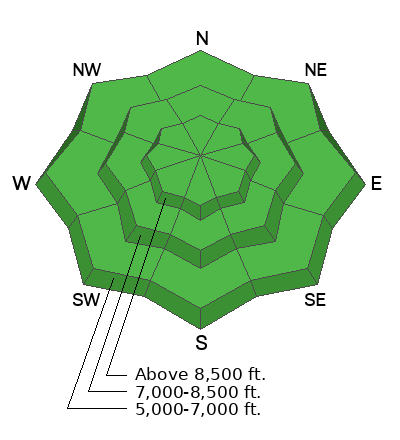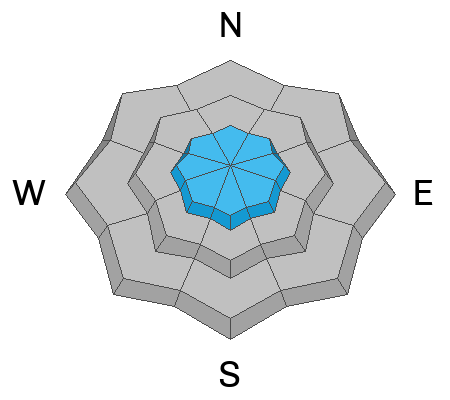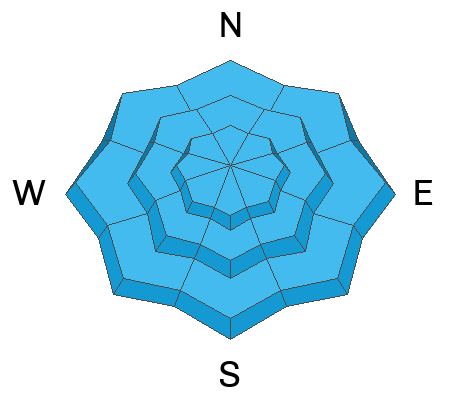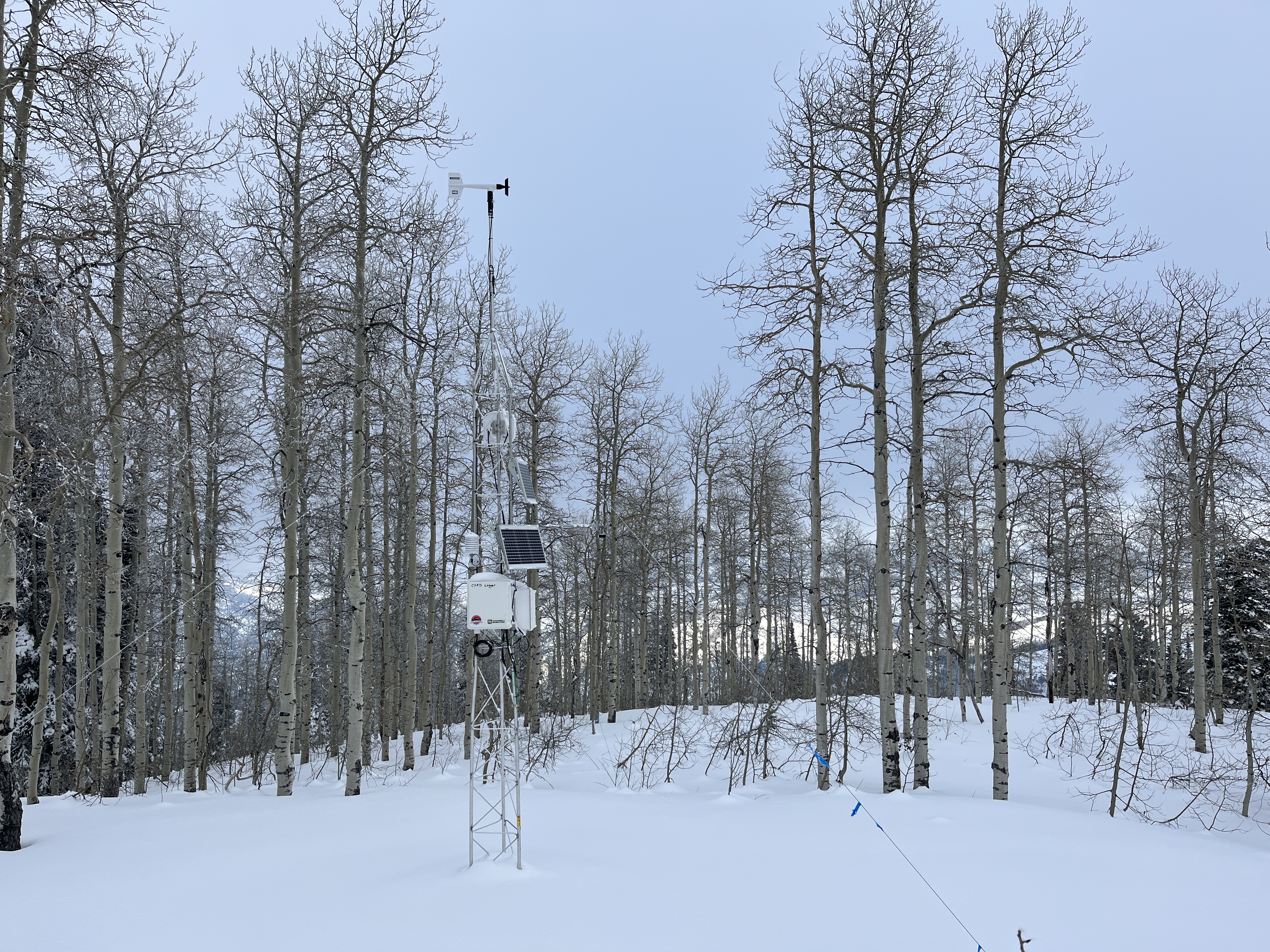Forecast for the Logan Area Mountains

Issued by Dave Kelly on
Monday morning, December 25, 2023
Monday morning, December 25, 2023
The avalanche danger is LOW at all elevations and aspects where human triggered avalanches are unlikely. Look for and avoid isolated areas of wind-drifted snow near ridgetops in the highest elevation terrain.

Low
Moderate
Considerable
High
Extreme
Learn how to read the forecast here









